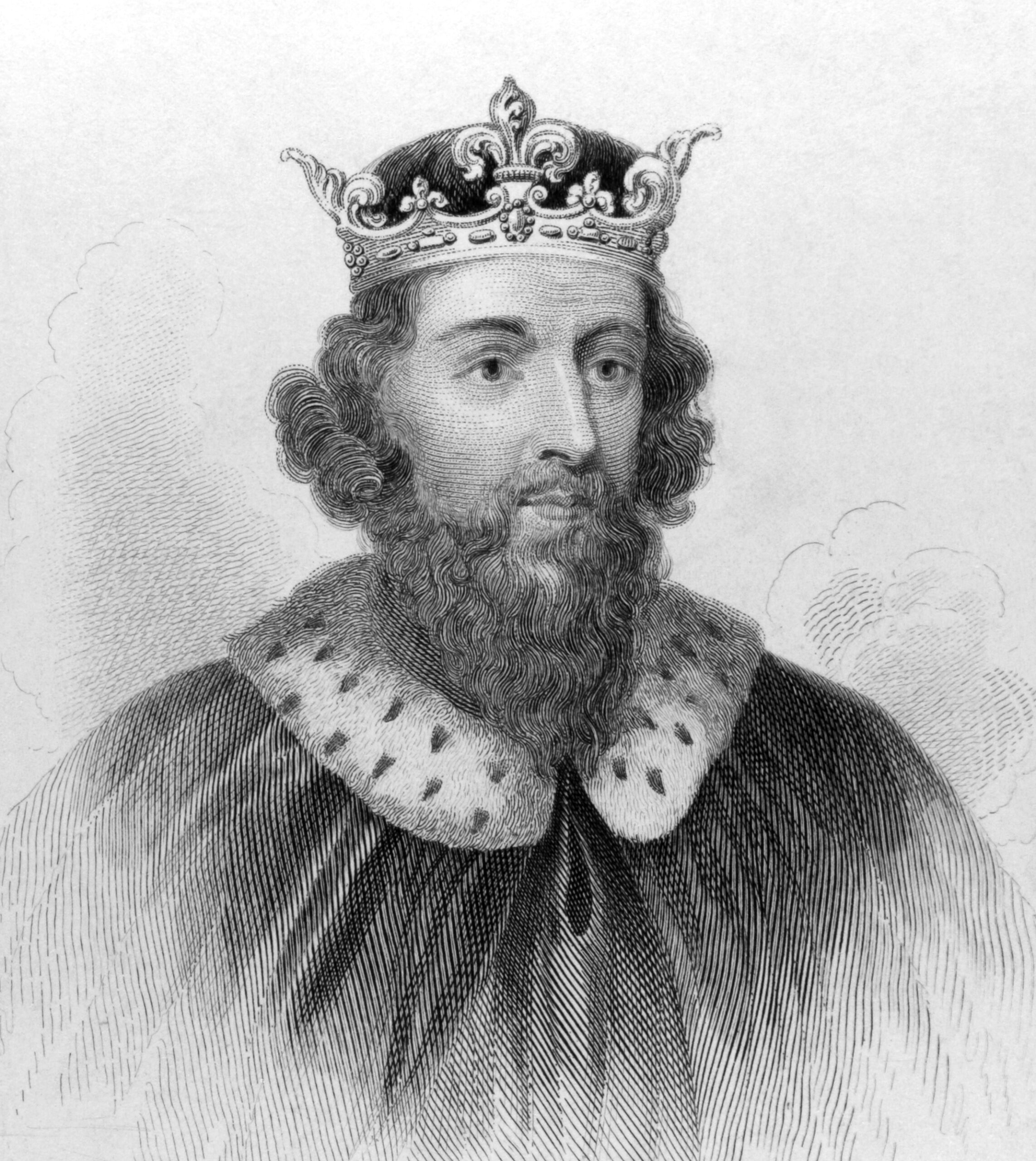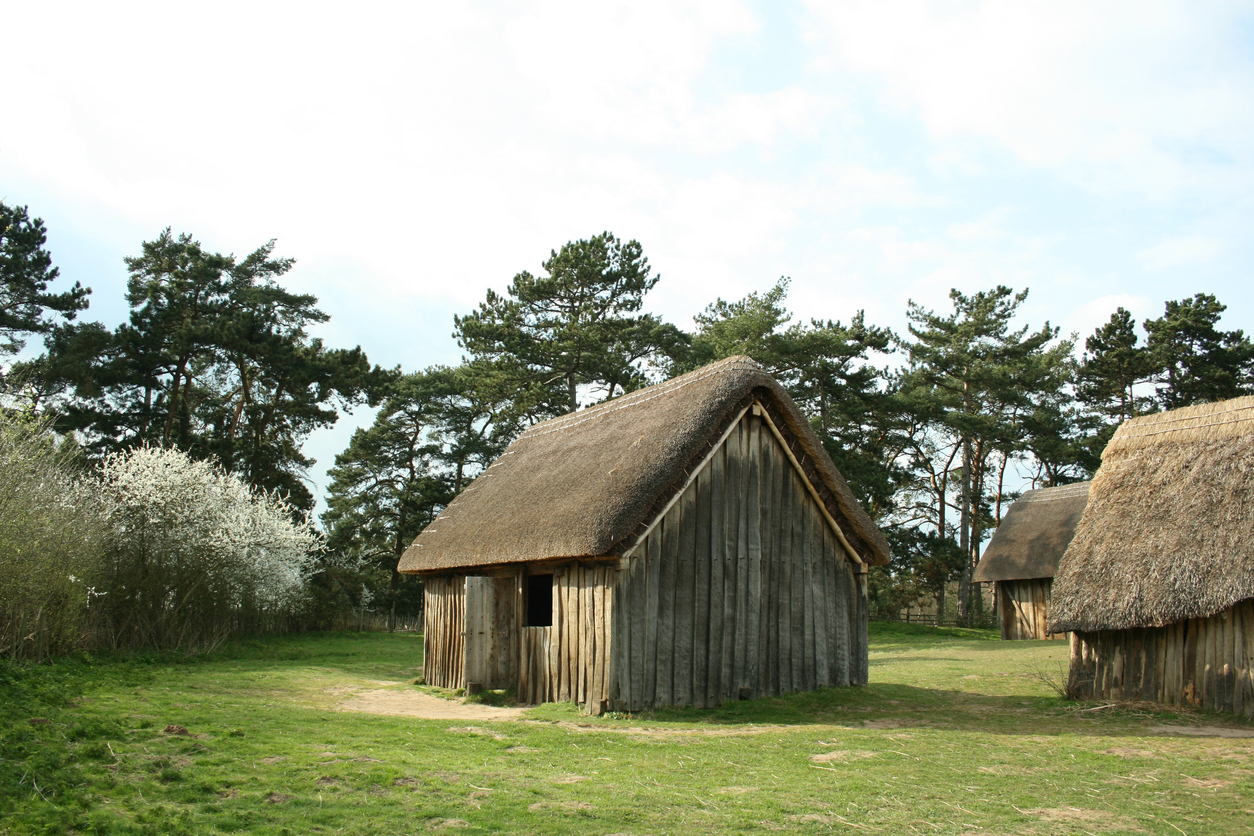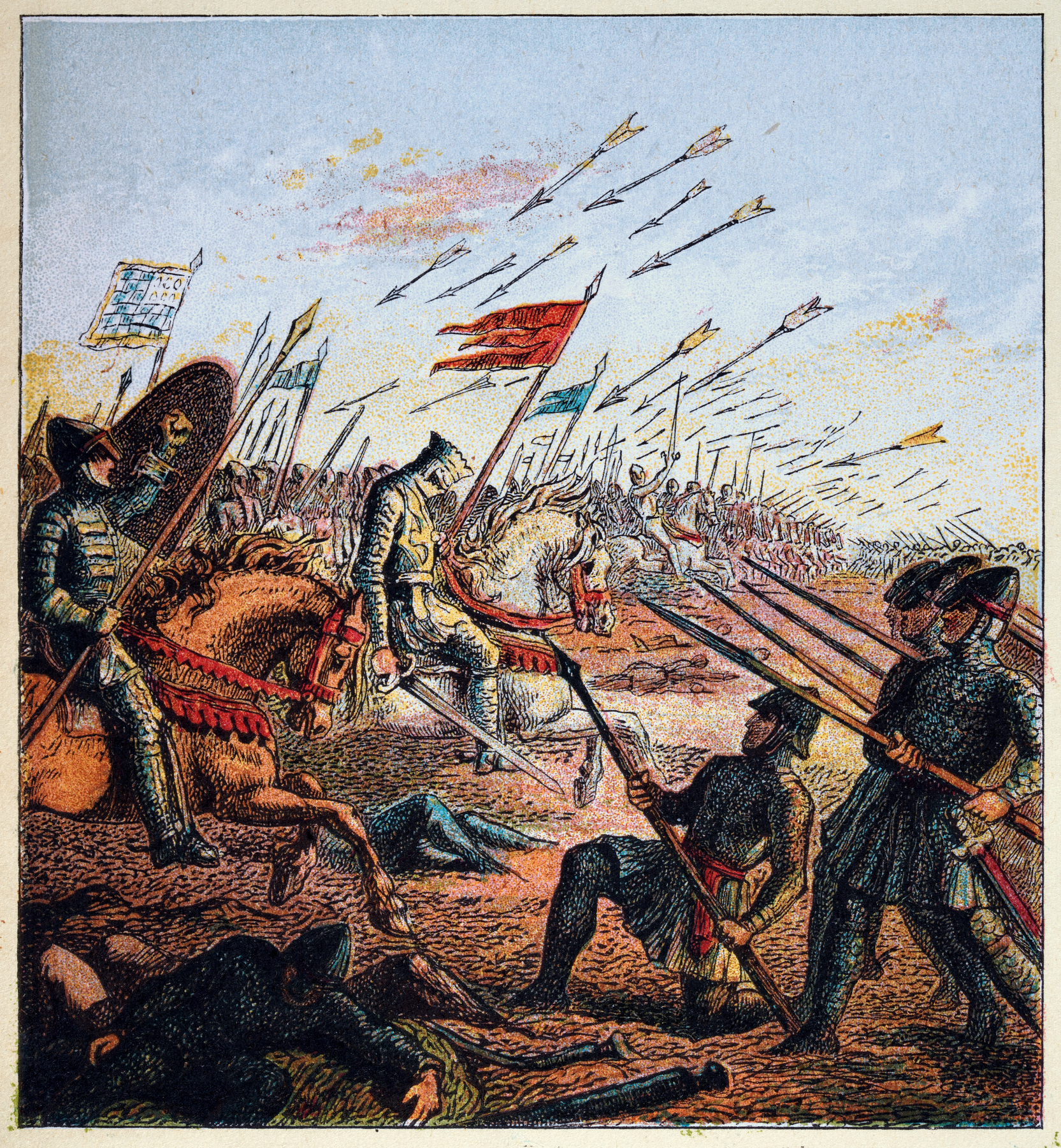Learning objective
- To explore Anglo-Saxon beliefs by making inferences about Sutton Hoo.
Success criteria
- I can make deductions by investigating artefacts.
- I can
This content is for subscribers only. Join for access today.
National curriculum
History
The National curriculum for history
This content is for subscribers only. Join for access today.
Cross-curricular links
English
Spoken language
Pupils should
This content is for subscribers only. Join for access today.
Before the lesson
This content is for subscribers only. Join for access today.
Lesson plan
Recap and recall
Arrange the children in pairs and display the Presentation: Sort it out. Ask the pairs to discuss how to sort the words into the correct part of the Venn diagram. As a class, decide where the words belong. Place them on the Venn diagram, then reveal the correct answers
This content is for subscribers only. Join for access today.
Extended-mode explainer videos
How to extend your display to view the lesson page and preseantion mode simultaneously. Choose your operating system below to watch the video
If you need further support with extending your display,
please contact [email protected].
Extended-mode explainer video: For Mac
Extended-mode explainer video: For Windows
Adaptive teaching
Pupils needing extra support:
Could be assigned the ‘instigator’ role in the group discussion; could use the Resource: Artefacts dictionary when investigating their artefact.
Pupils working at greater depth:
Could be assigned the ‘unblocker’ role in the group discussion; could justify their deductions; could consider what Sutton Hoo suggests about Anglo-Saxon beliefs.
This content is for subscribers only. Join for access today.
Assessing progress and understanding
Pupils with secure understanding indicated by: making deductions about artefacts; using these
This content is for subscribers only. Join for access today.
Vocabulary definitions
-
archaeological find
The discovery of human remains or artefacts of archaeological interest.
-
burial mound
An ancient burial ground covered with earth.
This content is for subscribers only. Join for access today.
In this unit
Assessment - History LKS2: Change in Anglo-Saxon Britain
Lesson 1: Who were the Anglo-Saxons and the Scots?
Lesson 2: What did Anglo-Saxon settlements look like?
Lesson 3: What does Sutton Hoo tell us about Anglo-Saxon life?
Lesson 4: How did Christianity arrive in Britain?
Lesson 5: Was King Alfred really 'Great'?
Lesson 6: How did Anglo-Saxon rule end?





